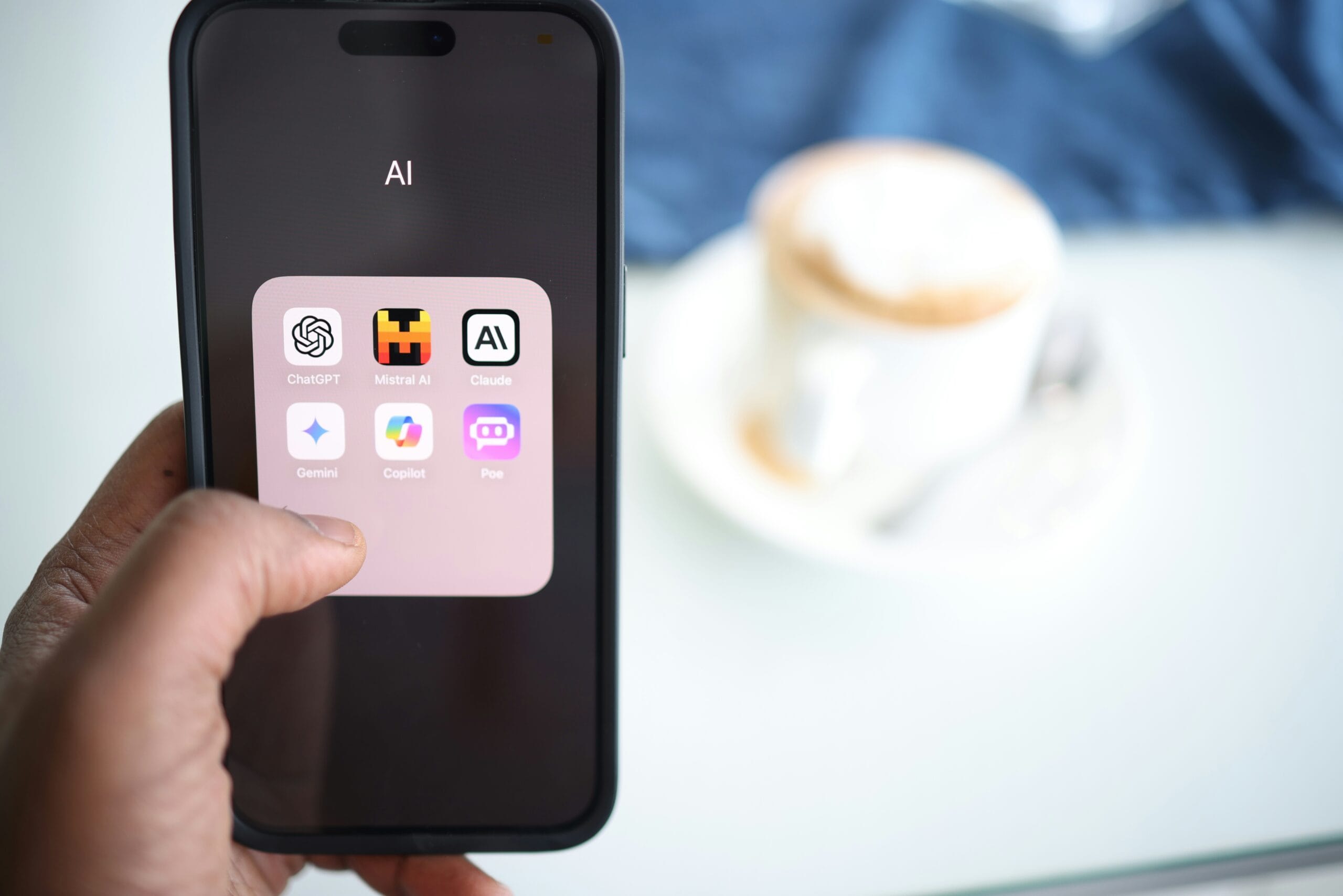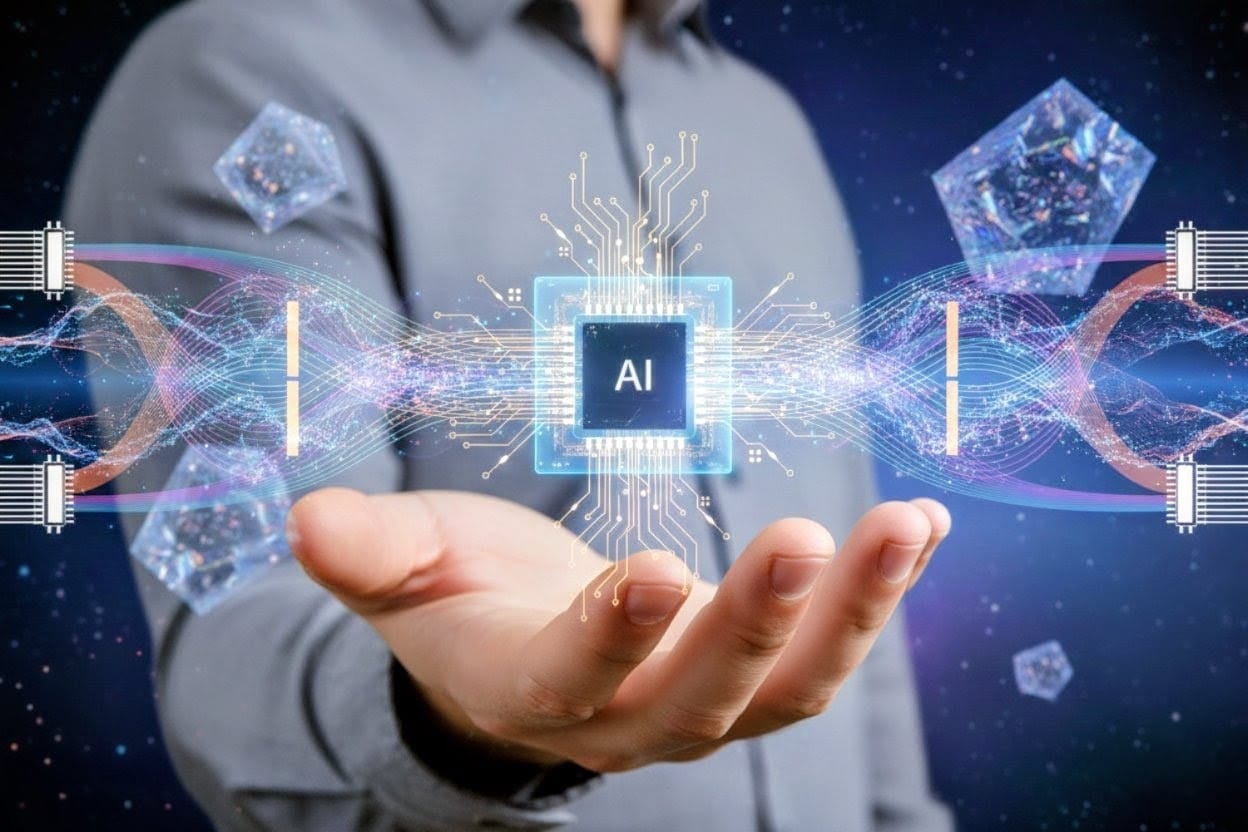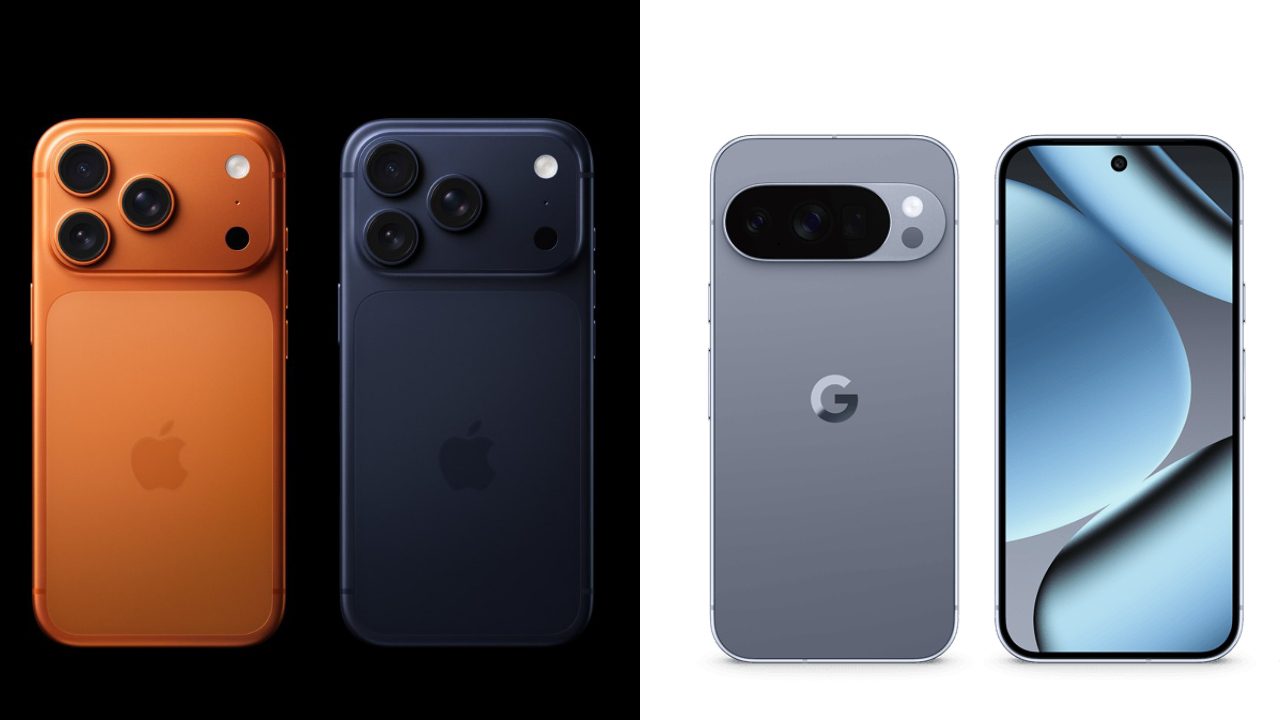Artificial Intelligence (AI) has become the driving force behind today’s smartphone evolution. In 2025, AI isn’t just an add-on — it’s at the heart of how phones think, create, and perform. From better cameras to smarter assistants and even real-time translations, AI tools are transforming the way we use our devices every day.
The Rise of AI in Smartphones
Over the past few years, AI adoption in smartphones has exploded. More than 75% of smartphone users now use AI-powered features daily. According to industry reports, AI smartphones will make up over 50% of global sales by 2028, rising from just 16% in 2024.
AI-driven features like scene recognition, adaptive brightness, photo enhancement, and energy management have become standard in both premium and mid-range devices. Many phones also use AI to optimize performance — increasing battery efficiency by up to 25% — while AI voice assistants are now active on over 90% of modern smartphones.
How Smartphone Brands Are Using AI in 2025
1. Google Pixel 10 Series
Google’s latest Pixel 10 and Pixel 10 Pro feature the powerful Tensor G5 chip, designed for advanced on-device AI. With tools like Magic Cue (which predicts your next action) and Camera Coach (which gives real-time photo tips), Pixel phones are becoming more personal and adaptive. Google’s Gemini AI assistant also brings multimodal abilities, allowing users to use voice, text, and images in one query.
2. Samsung Galaxy S25 Ultra
Samsung has taken AI integration to another level with Galaxy AI, which powers features like Live Translate, Writing Assist, Photo Assist, and Audio Eraser. These tools are built directly into the system, making it easier to translate live calls, fix images, or write polished messages instantly — without using separate apps.
3. Apple iPhone 16 Pro
Apple’s iOS 18 introduced Apple Intelligence, a privacy-focused AI system that offers writing assistance, note summarization, smart email replies, and Image Playground for AI-generated visuals. Siri has also been revamped to be more conversational, contextual, and capable of multitasking across apps.
4. Xiaomi and Nothing
Xiaomi’s HyperOS 2 brings AI-driven features like meeting transcription, live call subtitles, and a powerful AI photo editor. Meanwhile, Nothing OS 4.0 offers AI widgets and an improved interface that adapts based on user habits. These brands are making advanced AI experiences accessible even on mid-range phones.

Top AI Tools and Apps for Smartphones in 2025
Beyond what’s built into your device, these apps and tools are pushing AI capabilities to new levels:
- ChatGPT, Claude, and Gemini: Ideal for writing, summarizing, brainstorming, and answering questions on the go.
- Adobe Firefly (Mobile): Generate and edit photos or videos directly from text prompts using Generative Fill and AI Expand.
- Perplexity’s Comet Browser: An AI-enhanced mobile browser that summarizes webpages, recommends content, and automates tasks.
- Luminar Mobile & Adobe Premiere Rush: AI-powered photo and video editors that enhance lighting, remove objects, and add captions with a single tap.
- Otter.ai and Notion AI: For students and professionals, these apps handle voice transcription, note summarization, and content generation effortlessly.
These tools make smartphones more powerful for creators, students, and business users alike — all while reducing the time spent on manual tasks.
The Power of On-Device AI
One of the biggest advances in 2025 is the shift toward on-device AI processing. Instead of sending data to the cloud, many phones — such as the Pixel 10 and iPhone 16 — now perform AI tasks locally. This means faster responses, improved privacy, and reduced data usage. On-device AI is also more energy-efficient, helping users enjoy powerful features without draining their battery.
Real Benefits of AI Tools on Smartphones
AI tools today are not just fancy features — they make a real difference in everyday use. Smartphones can now:
- Create professional-level photos and videos with AI editing tools.
- Translate conversations instantly through live translation.
- Summarize long documents or meetings in seconds.
- Optimize performance and battery life automatically.
- Adapt to your habits by learning your usage patterns.
This blend of creativity and convenience is why AI is now considered a core part of smartphone innovation rather than a trend.
Challenges and Things to Watch
While AI adds impressive capabilities, it also brings new challenges. Heavy AI tasks can cause battery drain and heating issues, especially during image or video generation. Many advanced AI apps — like Adobe Firefly or premium chatbots — operate on paid subscriptions. Users must also stay cautious about privacy, as some AI apps require access to photos, camera, or voice data. Ensuring responsible AI usage and data transparency will remain a key focus going forward.
What’s Next for Smartphone AI
The future of AI smartphones looks even more exciting. Upcoming devices are expected to feature smarter AI processors, capable of running mini language models fully offline. Voice assistants will become proactive — managing schedules, booking tasks, and interacting naturally across multiple apps. We’ll also see AI widgets and home-screen tools that provide real-time summaries, reminders, and suggestions without opening any app.
Moreover, cross-device AI is emerging — meaning your phone, watch, and laptop will share the same smart ecosystem. Whether you’re editing photos, scheduling a call, or navigating with maps, AI will anticipate your needs seamlessly across all devices.
Conclusion
AI tools are no longer optional; they’re essential to the modern smartphone experience. Whether it’s Google’s smart camera, Samsung’s live translation, or Apple’s writing assistant, these innovations are changing how we interact with technology. AI helps make phones faster, smarter, and more human — capable of understanding, creating, and assisting like never before.
As 2025 continues, the gap between “smartphones” and “AI phones” is closing fast. The future belongs to devices that don’t just respond to us — they think with us.



